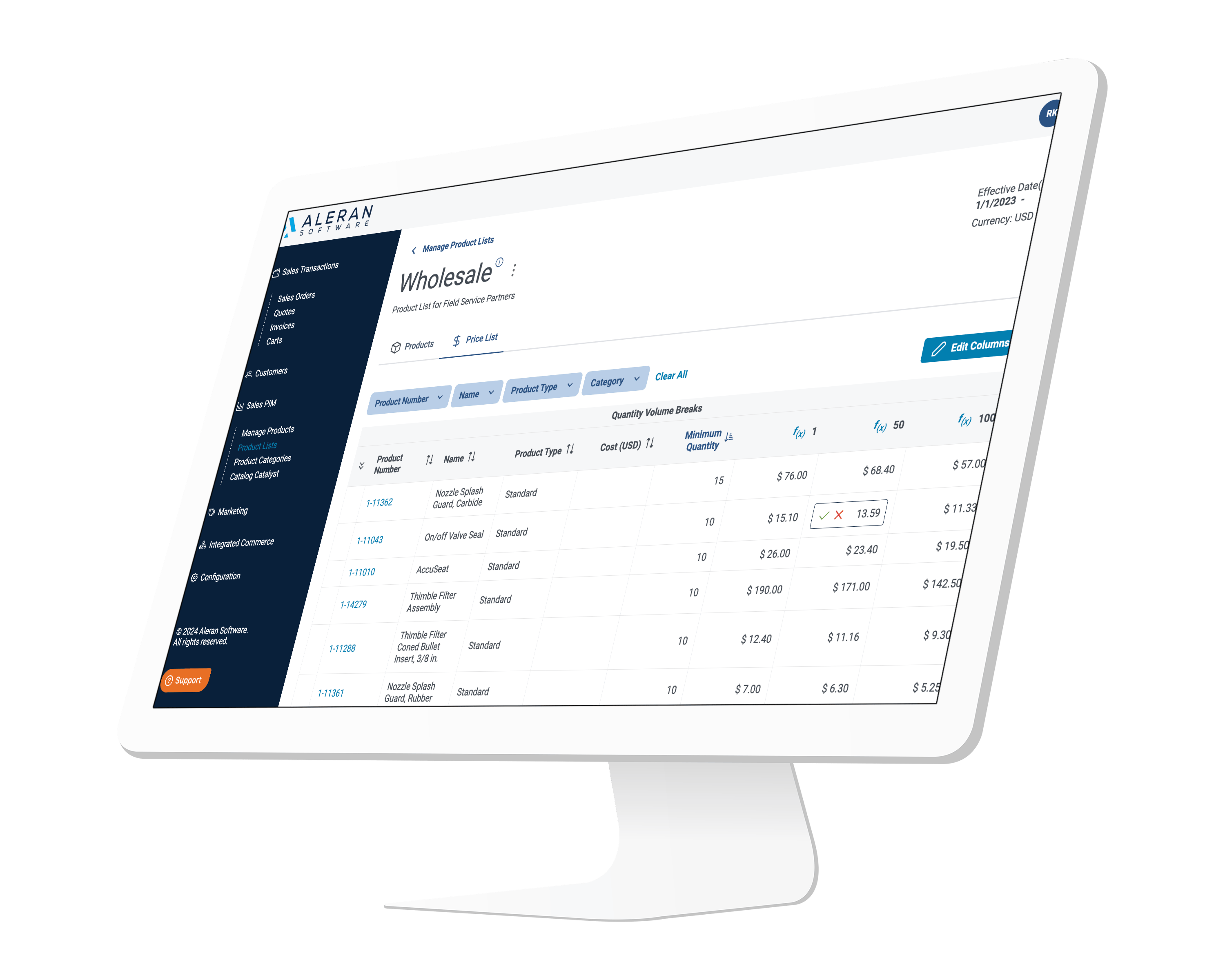4 Technology Trends to Watch for SMBs
Innovation is not just for the S&P 500. To stay competitive in 2021’s evolving global economy, SMBs must be willing to access and adopt new technologies, including tools, platforms, marketplaces and services. And for the SMBs who embrace these new technologies and the digitalization of their business processes, there’s much to gain. In a sample of 1,000 SMBs across the U.S., Deloitte found that 85% of all SMBs reported that digital tools helped their business, and another 90% believe digital tools are responsible for fostering internal innovation. That same study also showed that SMBs who had the most engagement across digital channels enjoyed superior business performance when compared to those with only minimal or basic engagement — with digitalized groups reporting 3x more likely revenue growth when compared to their less digitalized peers.
Without further ado, here are 4 technology trends that will be impacting the SMB landscape in the year to come:
- SaaS adoption
Especially for cost-conscious SMBs, Software as a Service (SaaS) providers are creating new ways for businesses to automate time-intensive and repetitive tasks (i.e. commissions tracking and payroll, order management, logistics, and other crucial workflows). A SaaS e-commerce platform, for example, can help SMBs build out personalized B2B and B2C shopping experiences or marketplaces without any development time, so business owners can launch new sales channels quickly and easily. SaaS solutions also provide substantial cost benefits to SMBs by drastically reducing IT costs, removing the need for costly software deployments, making product updates, upgrades and fixes totally seamless, improving security, and just generally improving customer experience and streamlining operations so business owners can focus time and resources on sales. - Shipping and logistics reinventions and partnerships
Customers increasingly expect fast, reliable and cheap shipping no matter where or how they shop (they also want visibility into the order process beyond basic tracking mechanisms, from status notifications to real-time updates). While the major shipping carriers are likely to continue to expand their offerings, the e-commerce boom combined with technological advancements in shipping and logistics will lead to new opportunities for entrants, benefitting SMBs who will have more choices when it comes to finding the right fit shipping solution for their business. Expect to see an increase in last-mile deliveries, including competition from retailers working in partnership with regional carriers to create novel fulfillment services. - Tools for making remote work, work
In a recent survey, market researchers reported that when SMBs listed the technology they found most crucial to remote work success they listed online cloud-based business applications, web/video conferencing solutions, remote IT and access, and real-time collaboration tools. For most SMBs, the move to remote work post Covid-19 has created a need to rethink business operations from top to bottom. In many cases, technology solutions have underpinned this transformation, especially when it comes to collaboration tools. SMBs will continue to adopt tools to streamline operations for a mostly remote workforce. - Better safeguards for remote business environments
As the workforce stays remote, there will be an increased need for decentralized security protections. Because of this, cloud-native applications and cloud environments will have a leg up on other solutions, as security features are built-in and offer protection to users and their applications regardless of location.
Cheaper and more accessible technologies have made it possible for SMBs to push past many of the roadblocks that come from being smaller and having fewer resources — becoming more agile, formidable competitors overall. Curious about how a SaaS sales order management and e-commerce platform can grow your sales and your SMB? Request a demo today.



